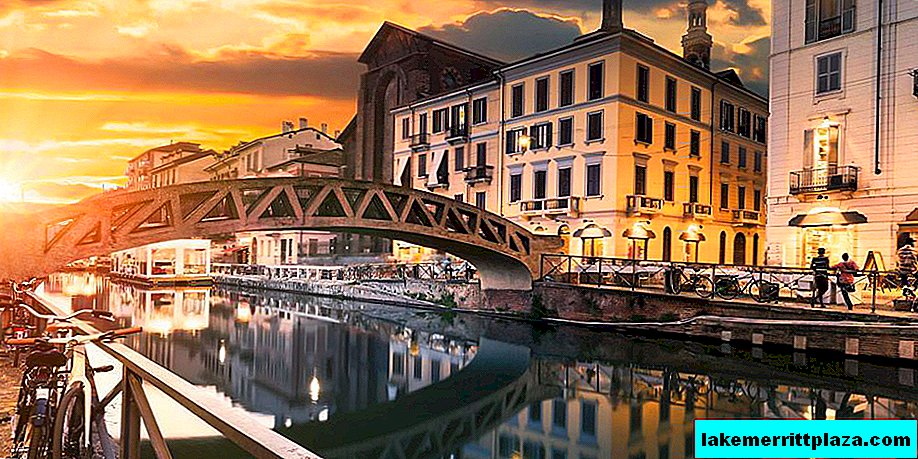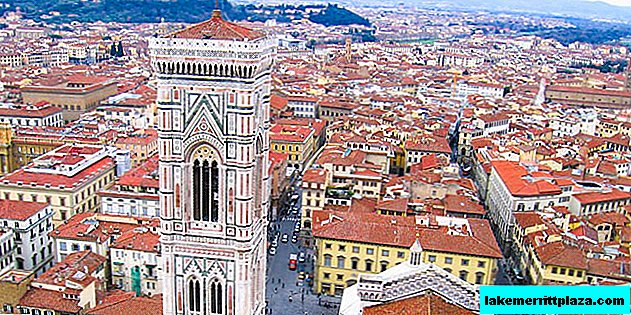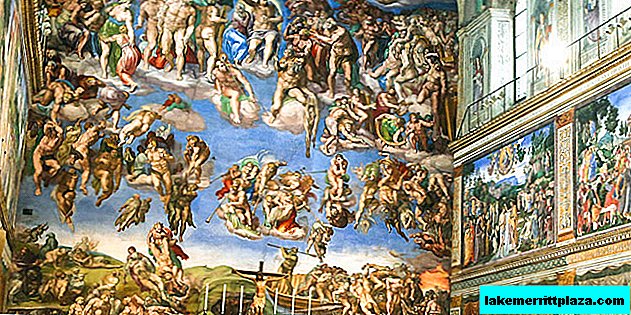The most famous Italian transgender prostitute, Efe Bal, has undressed this morning in front of the entrance to the editorial office of the popular Corriere della Sera newspaper in Milan. In such an eccentric way, she expressed her protest to Equitalia, which billed her 425 thousand euros in income tax from prostitution.

Efe explained that she wants to pay taxes, which she has already deferred part of her income, but in exchange demands that the government legalize her profession.
"I never avoided taxes and can vouch for all the transgender people working in Italy. I myself have been Italian for eight years," exclaimed Efe.
Soon enough, the police arrived at the scene, calmed the rebel and forced her to get dressed. She is likely to be charged with obscene behavior in a public place.

Efe Ball, often invited to television shows and called "the most famous Italian transsexual," explained that her protest was a "fight against hypocrisy." “I honestly do my job,” said Efe, “I never hurt anyone. To pay taxes, I sold all my property, but I received nothing in return: if I pay taxes, why can't I get a pension?”
Another prostitute was ordered to pay 50 thousand euros for "income from individual labor"
The case of Efe Ball is not unique. Fifty thousand euro taxes Sandra Jura, an Italian prostitute from Brazil, will have to pay. In October 2012, the tax police “came to her home in Salo (the administrative center of Brescia)” with the aim of detecting, preventing and suppressing violations in the sphere of income, whose employees quickly determined her occupation.
From the woman’s computer, the police went to three Internet sites on which her “presentations” were posted with approximate prices - thus, they were able to roughly estimate the amount of her income. And accordingly, the amount of mandatory taxes.
Interestingly, the woman several times applied both to the Chamber of Commerce and to the Tax Administration in an attempt to somehow legalize her activities. But service workers rejected her request, explaining that her activities did not fit into any professional category.
By the way, in the UK, tax-free prostitutes run the risk of being arrested for tax evasion. In the Netherlands, sex workers are registered with the Chamber of Commerce, pay taxes and are unionized. In Italy, despite numerous legalization proposals, prostitution is still illegal.








